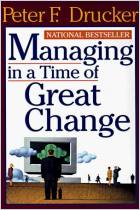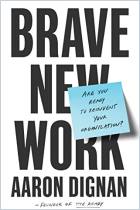
The Intelligent Organization
Engaging the Talent and Initiative of Everyone in the Workplace
Read or listen offline
Amazon KindleRecommendation
How can citizens of a society that exalts freedom consent to spend the majority of their lives laboring within organizations that are hierarchical, slow-moving and dictatorial? Gifford and Elizabeth Pinchot raised that question in their heralded 1993 book and provided the following answer: Not willingly and not for long. The Pinchots were among the first management scholars to predict the demise of the military-style command structure, along with its inherent secrecy and Machiavellian political sniping. Although a slew of books devoted to the same theme have been published since, none have done a better job at explaining the potential of informed and engaged employees who don’t fear their bosses too much to take decisive action. getAbstract strongly recommends this book, which brims with meticulous case histories showing how teams, employee-owned companies and internal free-market competition have transformed organizations. (In fact, the Pinchots coined the term "intraprenuership" to describe this process.) While you might not be convinced that a company run by consensus can ever compete with one run by The Prince, this book gives you hope that it can.
Summary
About the Authors
Gifford and Elizabeth Pinchot have started and still run four companies together. They have also worked with more than half the Fortune 100, led school and community reform projects and collaborated in the writing of their influential book, Intrapreneuring.




















Comment on this summary or Iniciar a Discussão